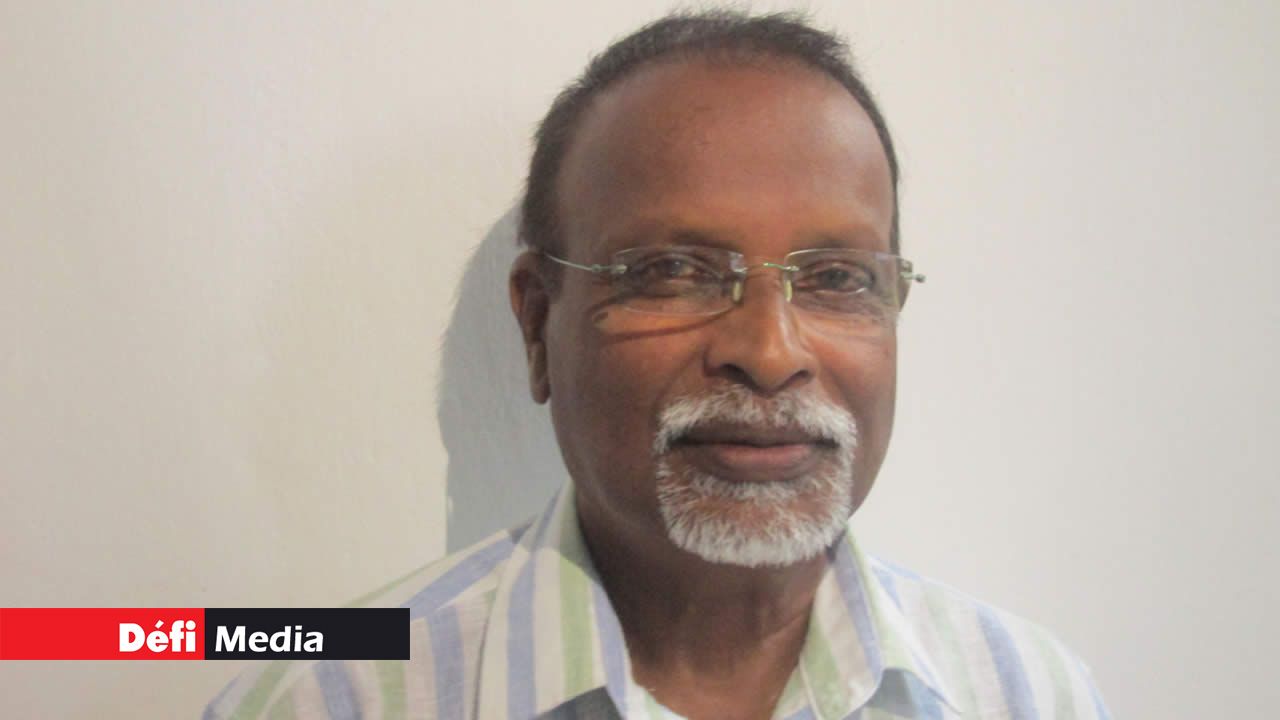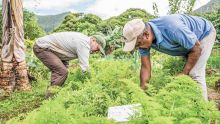
Lately there have been a series of reported allegations of physical assaults on older women ranging from snatching the golden necklace to raping. In both cases mentioned here the two victims are 70 year old women. The former was alone in a place of worship, the second was alone in her one-roomed place of living. Somebody was asking me, ''kot nou pe ale?''. The question raises a host of issues related to inclusion, family structure, loneliness, ageism in almost all spheres of society.
Publicité
Inclusion
Inclusion is a rights based approach aiming to ensure older people among whom older people with disabilities and persons with disabilities since young and who have become old are protected. It is a fact that as population age, the prevalence of disability increases, so older people have to be protected physically, treated with psychology, have equal access to all goods and services and can exercise their rights to independence and autonomy. Of which, the right of choice which includes whom to meet, what organization to join, where to go, what to read, to keep the right of ownership of property.
Imagine or come across an older woman with disabilities facing barriers when trying to access services or claiming her rights to access a court of law, a bus with five steps, a tram, a car or crossing a road or getting enrolled in a life-long education programme. Very often it’s the 'we didn’t think about it, she could be represented, what’s the use of going here and there’ attitude, that is, most common heard to justify what we refuse to call ‘exclusion’.
Old age is not a sickness, one can fall sick in old age, as one can fall sick at any age. This notion has to be driven to society through sensitization which has to be sustained year in year out. Essential components have to be included in addressing inclusion: gender, age, marital status, health status, class or sexual orientation.
We have in previous articles lengthily written on ageism which is discrimination or unfair treatment based on a person’s age. Dramatically, in many circumstances, in shopping malls, in public buses, in the households, in the premises of service providers a negative view of older age predominates ( I have experienced myself) and ‘older age is stereotyped as a time of loss and vulnerability.’ (Toolkit Age Inclusive Disaster Risk Reduction, Pg 12).
A last point on this issue: how do we at 60, 70, 80 and more carry our cooking gas cylinder empty down, full up five floors?
It is time we changed attitude and develop a culture of inclusion having regards to our fellow older citizens.
Other barriers to inclusion
Communication is often a barrier, specially vis-à-vis those who are illiterate, and more specifically the older persons. Even if the signage is in Kreol, the announcements are in a foreign language warning you to mind the gap as is the habit in UK. Tram passengers will be user friendly served but as regards buses, we are still in the antediluvian era. There is no vocal ‘advice’ in any of the bus terminals for the older person who does not know which bus will be driven to La Marie or to La Caverne.
In this same context of exclusion, written materials might be inaccessible to people with visual impairments, hence the dire need for ‘allowing’ people, of right, to participate in their everyday life.
People with disabilities can be perceived as helpless and unproductive. As far as they can walk, some can be seen climbing buses to ask for some money but what of those who can’t move out of old age? Have you observed that they are not so conspicuous which could mean they are ‘condemned’ in their personal comfortable or uncomfortable zone.
Women and population ageing
- Over 23% of women in the world are already 50 and above.
- 54% of people aged 60 and above are women and 46% are men.
- 62% of people aged 80 and above are women and 38% are men.
- In less developed regions, 22% of older women work, compared with only 6% in developed regions.
- There were 901 million people aged 60 and over in 2015 and in 2050, this number will increase to 2.1 billion.
- By 2030, there will only be 4.9 workers per older person globally.
- 1 in 4 people aged 65 and over expect never to be able to fully retire.
- 48% of the retirement-age population does not receive pension.
(source: HelpAge: Age inclusive disaster risk reduction- a toolkit)
Can we pledge that there will be no more alleged cases of assaults, thefts and rapes upon older women?
By : Vijay Naraidoo
President for the Rights of Older People of DIS-MOI

Notre service WhatsApp. Vous êtes témoins d`un événement d`actualité ou d`une scène insolite? Envoyez-nous vos photos ou vidéos sur le 5 259 82 00 !




















![[Info Soirée] : « bizin pa negliz bann slow learners »](https://defimedia.info/sites/default/files/styles/square_thumbnail/public/thumbnail_190425.jpg?itok=J--MzK_k)
